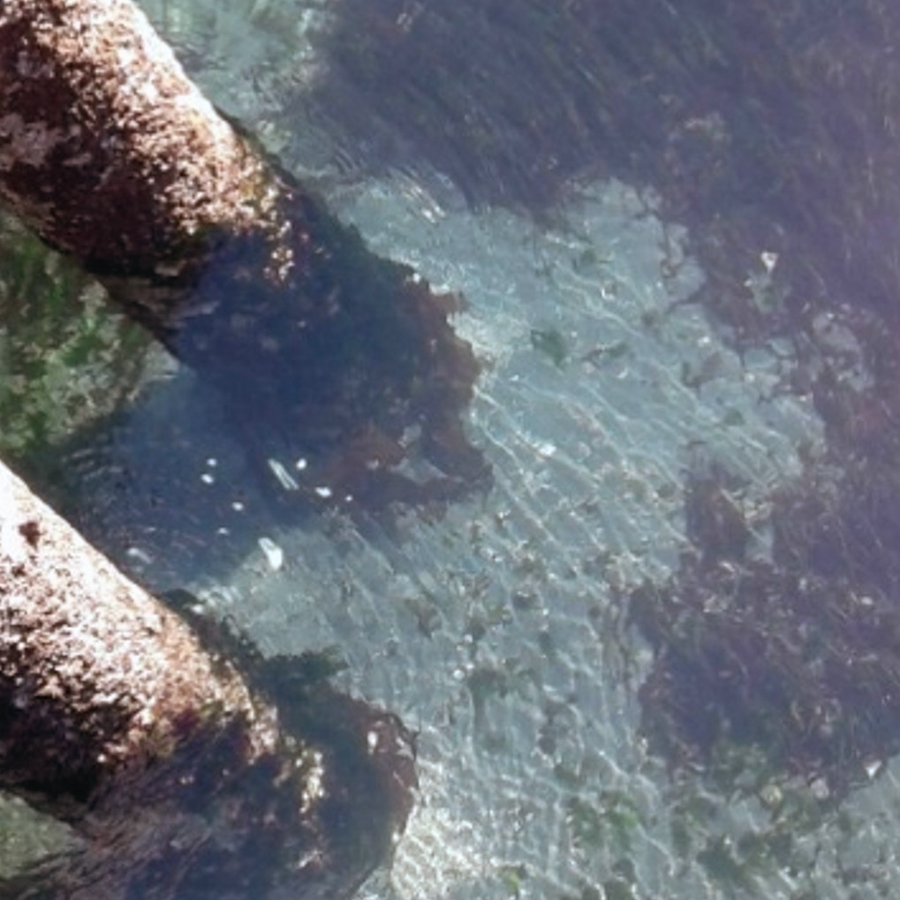
sensitive nearshore habitat, and Fauntleroy Creek.
In developing and evaluating each alternative, WSF must consider important environmental resources and features near of the terminal, including:
- Intertidal and nearshore habitats near the dock provide valuable habitat for salmon and other marine wildlife. There are eelgrass beds north and south of the trestle, and a high concentration of kelp to the west of the ferry slip. There is no eelgrass or macroalgae in the area around the end of the dock where propeller wash from vessels creates a scour hole.

- Fauntleroy Creek, which flows under Fauntleroy Way SW, under the dock and into Puget Sound. Fauntleroy Creek provides spawning habitat for coho salmon and coastal cutthroat trout.
- The 430 creosote-treated timber piles supporting the aging dock. The dock includes more than 1,000 tons of toxic creosote-treated timber—a known water pollutant. The density of timber piles also influences the flow of Puget Sound tidal waters and Fauntleroy Creek near the trestle, causing debris and driftwood to snag and collect under the trestle and on the shore. This makes it difficult for fish to pass to and from Fauntleroy Creek.
- Cove Park, which offers public waterfront access and a narrow sandy beach next to the dock.
- Captain’s Park, which provides a public green space with bench seating across Fauntleroy Way SW from the terminal entrance.